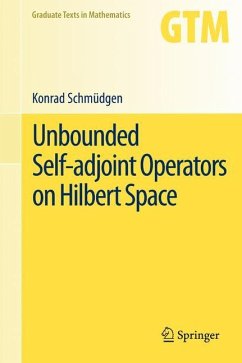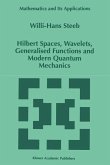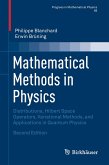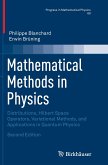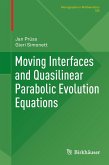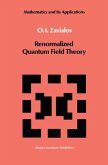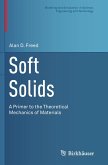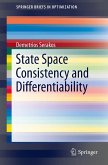The book is a graduate text on unbounded self-adjoint operators on Hilbert space and their spectral theory with the emphasis on applications in mathematical physics (especially, Schrödinger operators) and analysis (Dirichlet and Neumann Laplacians, Sturm-Liouville operators, Hamburger moment problem) . Among others, a number of advanced special topics are treated on a text book level accompanied by numerous illustrating examples and exercises. The main themes of the book are the following:
- Spectral integrals and spectral decompositions of self-adjoint and normal operators
- Perturbations of self-adjointness and of spectra of self-adjoint operators
- Forms and operators
- Self-adjoint extension theory :boundary triplets, Krein-Birman-Vishik theory of positive self-adjoint extension
- Spectral integrals and spectral decompositions of self-adjoint and normal operators
- Perturbations of self-adjointness and of spectra of self-adjoint operators
- Forms and operators
- Self-adjoint extension theory :boundary triplets, Krein-Birman-Vishik theory of positive self-adjoint extension
From the reviews:
"The book is devoted to the exposition of the theory of unbounded operators in the Hilbert space. ... book starts with a standard introduction to the theory of closed and closable operators, with an explanation of the important difference between self-adjoint and symmetric operators. ... Among the advantages of the book is the inclusion of a nice and voluminous selection of exercises. ... the book can be used for teaching a graduate course in spectral theory to students in analysis and to physicists ... ." (G. V. Rozenblum, Mathematical Reviews, January, 2013)
"I recommend the book as a reference for readers interested in the general theory of unbounded self-adjoint operators in Hilbert space. It is a valuable reference for numerous topics, including closed and adjoint operators, the general spectral theorem for self-adjoint operators, groups and semigroups of operators, semibounded and sectorial forms and their associated operators, and self-adjoint extensions of symmetric operators. ... A special feature of the book is the inclusion of numerous examples based on multiplication operators and first and second order differential operators." (Anton Zettl, SIAM Review, Vol. 55 (3), 2013)
"The book can be used for teaching a graduate course in spectral theory to students and is also suitable for self-study. The book consists of six parts, each of which is subdivided into several chapters, each chapter ending with a section containing exercises. ... The book concludes with appendices devoted to basic topics in analysis and the theory of bounded operators." (Michael Perelmuter, Zentralblatt MATH, Vol. 1257, 2013)
"The book is devoted to the exposition of the theory of unbounded operators in the Hilbert space. ... book starts with a standard introduction to the theory of closed and closable operators, with an explanation of the important difference between self-adjoint and symmetric operators. ... Among the advantages of the book is the inclusion of a nice and voluminous selection of exercises. ... the book can be used for teaching a graduate course in spectral theory to students in analysis and to physicists ... ." (G. V. Rozenblum, Mathematical Reviews, January, 2013)
"I recommend the book as a reference for readers interested in the general theory of unbounded self-adjoint operators in Hilbert space. It is a valuable reference for numerous topics, including closed and adjoint operators, the general spectral theorem for self-adjoint operators, groups and semigroups of operators, semibounded and sectorial forms and their associated operators, and self-adjoint extensions of symmetric operators. ... A special feature of the book is the inclusion of numerous examples based on multiplication operators and first and second order differential operators." (Anton Zettl, SIAM Review, Vol. 55 (3), 2013)
"The book can be used for teaching a graduate course in spectral theory to students and is also suitable for self-study. The book consists of six parts, each of which is subdivided into several chapters, each chapter ending with a section containing exercises. ... The book concludes with appendices devoted to basic topics in analysis and the theory of bounded operators." (Michael Perelmuter, Zentralblatt MATH, Vol. 1257, 2013)

